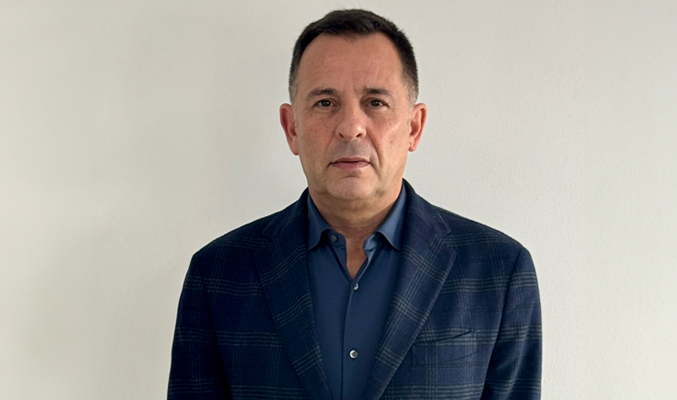Raising funds for small developments
By Bridging Loan Directory
Raising funds for small developments can be challenging. There is often less profit in the scheme due to the overall size and end value, making funding more difficult, whilst inexperience coupled with limited cashflow can present considerable issues. John Hardman, pictured, Head of Sales at Bridging Finance Solutions explains why the sub £1m market remains a core market for the firm:
“In reality, the key differences when funding a smaller development is scale and numbers. Building one house is broadly the same as building 50 when it comes to laying bricks but the mechanics and timescales get multiplied many times over on bigger developments requiring ‘premier league’ or blue chip professionals capable of supervising and monitoring such a scheme.
“Clearly, developments on a larger scale demand a greater degree of due diligence and monitoring. A larger scheme for example will typically be built in phases, over maybe two to four years. Other factors such as S106 agreements become important with larger schemes which again can eat into overall profitability and require greater cash input from clients.
“When funding a small development, there are a number of key points to consider. First and foremost – access to cash (when combined with finance) to complete the build. Secondly, it’s important to identify a solid professional team which would include an architect, structural engineer, surveyor and builder. On smaller schemes its useful to consider whether a single contractor is going to be a better approach and how does that compare to appointing separate trades.”
John Continued: “Clients very rarely have sufficient cash to fund an entire build so short term funding works perfectly. At BFS, we release funds (pre agreed) in stages to coincide with a cash flow and build program, only charging daily interest as and when funds are released. At the back end we don’t charge any exit fees, which is rare in ‘ground-up’ schemes . In summary a small development and development finance are perfect partners assisting cash flow and providing a cost effective way of borrowing money.”
Understanding how bridging works is key and the process is very much a collaborative partnership: “Initially we would instruct a valuation to be completed on site and a QS report prepared from our in-house team. At the same time we would pull together detailed costings and a schedule of works to ensure that not only we release funds when required but also to ensure we can provide enough funds to cover all the build costs. We also need to ensure full planning consent has been obtained and any pre-build conditions have been met together with details of a building inspector. The final part would be to instruct solicitors to ensure we have a clean title and the build is good to go.”
BFS recognises that the so-called smaller builder/developer has become unloved on the high street as banks seek quick fix big ticket schemes to bolster balance sheets and meet high lending targets. The firm has taken the decision to concentrate on the ‘sub £1m’ market understanding that clients in this arena are no less capable than the larger developer.











You must be logged in to post a comment.